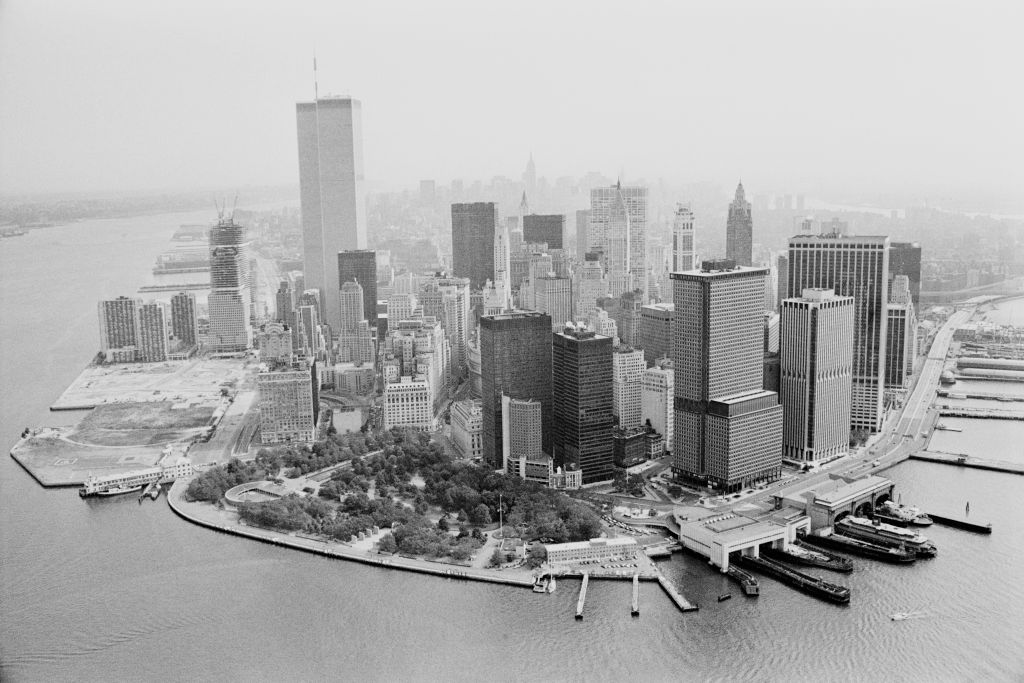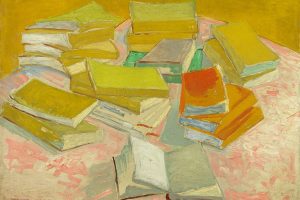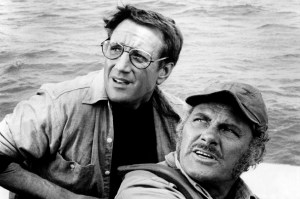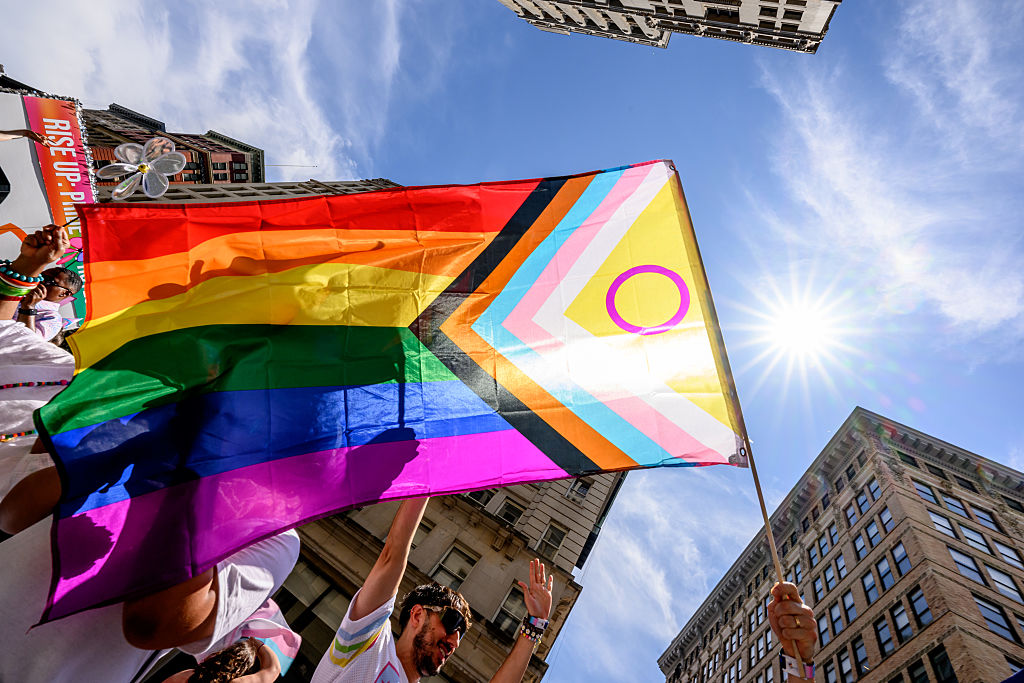Long before publishing dreamt up the category of Young Adult fiction to try to persuade adult children and childish adults to keep reading, there were novels that described what it felt like to be young. Catcher in the Rye was one such, as were The Bell Jar and Bonjour Tristesse; these books coincided with the invention of the teenager circa 1950 and have enjoyed lasting critical and commercial success.
Though British writers reign supreme in the field of children’s literature, American authors have always written outstandingly about teenagers. But the changeover from fiction describing the condition of being young to the YA genre, with its accounts of first love, high-school hell and so on, has not necessarily served every reader well. One example is Meg Rosoff, perhaps best known for her 2004 debut How I Live Now. It won the Guardian Prize in Britain, was a finalist in the LA Times Prize and was in 2013 adapted into a film that starred Saoirse Ronan and George MacKay. As an American living in Britain, Rosoff was particularly well placed to tell an exquisitely dystopian story about an American teenager who falls in love with her British cousins just as World War Three breaks out.
Ever since, Rosoff has been perceived not as someone who writes about youth, but one who writes for the young. She has won the Carnegie Medal, the Astrid Lindgren Award and the Alex Award, but the understanding that she is qualitatively different from, say, Suzanne Collins or John Green has eluded many. The publication of Friends Like These — following on from two novels (Jonathan Unleashed and The Great Godden) that are all set in America and feature protagonists who are definitely adult (if not mature) — allows full scope for her wit, irony and powers of social observation.
Eighteen-year-old Beth has come to New York City in June 1983 to work as an intern on a prestigious newspaper. Knowing nobody but the sister of a friend from her hometown, she rents a boiling, noisy, cockroach-ridden room in an apartment whose discomforts become unpleasantly vivid. But the newspaper, with its arctic temperatures and coolly ambitious staff, is another world.
With just one other girl among the four interns, it is inevitable that Beth becomes joined at the hip with Edie — a rich, smart, cool native New Yorker who is radically different from all she knows.
The granddaughter of a famous photographer, Edie has grasped (and inherited) all kinds of things about how a newspaper functions, and she shares her savvy with the naive, self-conscious, virginal Beth. It gives her “an invincible feeling… Edie knew where to go, what to do, how to act, how to talk and who to avoid.” Knowing how to survive is a perennial preoccupation of all Rosoff’s protagonists, and Beth, who never tells anyone that she is the daughter of Holocaust survivors, should really be more cautious. Edie’s patter — entertaining, cynical and hilarious — is less a conversation than an interrogation; she is like every manic pixie dream-girl in romantic comedies, except that she is written by a middle-aged woman whose shrewdness concerning the way friends may manipulate each other is part of the fun.
Honest, loyal and responsible, Beth is thought to be good for Edie by her shrink. Before long, Edie has invited Beth to move into her controlling but absent mother’s enormous, luxurious, air-conditioned apartment in Manhattan.
Predictably, this will all go wrong.
Friends Like These is highly filmic, and New York in all its squalor and glamour is gorgeously evoked, starting with its bewildering aggression, crime, heat and dirt, but culminating in a paean of gratitude to it for including everyone, “The lost and the found. The still searching.” The AIDS pandemic has just begun, and it is significant that, by the end of the novel, it is likely to play a part in Beth’s first college friendship as she puts into effect what she has learned from Edie. For friendship is central to Rosoff’s fiction, and this, too, makes it different from the weepy, romance-oriented YA genre. There should be a name for this kind of novel. Being supported, challenged and betrayed by a companion of your own sex goes back to the Epic of Gilgamesh. It is arguably the most foundational form of fiction we have, and as a genre includes Dickens’s David Copperfield, Margaret Atwood’s Cat’s Eye and Elena Ferrante’s Neapolitan quartet. Unfortunately, Edie is not a good guide. When Beth asks her where she gets her facts — a key question for any journalist — Edie looks astonished. “Facts?… I made them up.” Ultimately, what Rosoff’s lean, smart, sophisticated novels address is not (as in actual children’s fiction) the triumph of innocence over experience, but accepting that bracing thing, responsibility. It is this that marks the transformation from adolescent to adult, after all. One of her funniest novels, There Is No Dog, explains the chaos in our world by suggesting it is in the grip of a teenage god, who, oversexed, impulsive and aggressive, may never learn self-control. Friends Like These is more optimistic, but only a little.
This article was originally published in The Spectator’s June 2022 World edition.

























